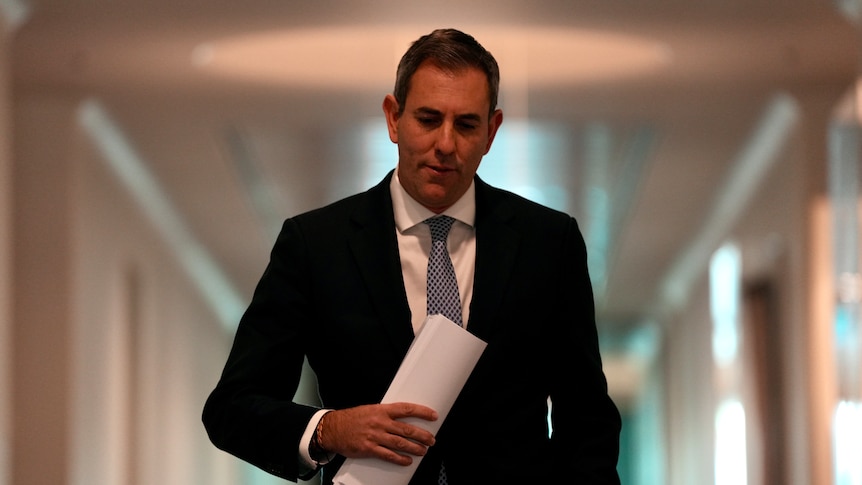The Productivity Commission has raised significant concerns regarding proposed stringent regulations on artificial intelligence (AI) under consideration by the Australian government. It cautioned that plans for “mandatory guardrails” should be delayed until existing legal gaps are thoroughly assessed. The government’s efforts to address the rapid escalation of AI tools include the potential establishment of a dedicated AI Act aimed at regulating technologies based on their societal risks.
In anticipation of the upcoming productivity roundtable scheduled for late March 2024, the commission emphasized the necessity of a measured approach. It acknowledged that while gaps in current legislation must be addressed, a heavy-handed strategy could stifle innovation and economic growth. The commission’s warning follows comments from former industry minister Ed Husic, who recently endorsed the creation of the AI Act, highlighting the need for a structured regulatory framework.
Unions have taken a contrasting stance, advocating for strict regulations and protections against job losses due to AI advancements. Their position adds a layer of complexity to the discussions, particularly as the government prepares for the critical roundtable focused on productivity and the implications of AI.
In a report released prior to the roundtable, the Productivity Commission projected that AI could contribute more than $116 billion to Australia’s economy over the next decade, equating to approximately $4,400 per capita. This potential boost in productivity is expected to rival or even surpass the transformative impacts of the internet and mobile technology experienced two decades ago.
The federal government’s response will likely follow international examples, notably from the European Union, aiming for a risk-based regulatory approach. This would involve implementing stricter rules for higher-risk AI technologies while allowing low-risk applications to flourish without excessive oversight. However, the commission cautioned that introducing regulations prematurely could jeopardize the significant economic opportunities AI presents. Commissioner Stephen King stated, “Adding economy-wide regulations that specifically target AI could see Australia fall behind the curve, limiting a potentially enormous growth opportunity.”
Productivity growth has been languishing at about 0.9 percent annually over the past two decades. The commission anticipates that AI could enhance this figure by approximately 4.3 percent each year over the next ten years. The economic implications of such growth are profound, as it has direct effects on wages and living standards, particularly in light of recent inflation and rising living costs.
Despite the optimistic outlook, the commission acknowledged the uncertainties surrounding AI’s full economic impact. Predictions range widely, with the potential for AI to contribute as little as 0.05 percent annually or as much as 1.3 percent, indicating a vast spectrum of possible outcomes. The commission also pointed out that while AI presents opportunities, it may also lead to job displacement, with the World Economic Forum estimating that nine million jobs could be lost globally. As a result, the Australian government may need to consider retraining programs for affected workers.
In response to the Productivity Commission’s findings, Treasurer Jim Chalmers expressed a commitment to harnessing AI as a positive force for the economy. He stated that the government views AI as “an enabler, not an enemy” and recognizes the balance needed between regulation and innovation. Chalmers underscored the importance of the upcoming economic reform roundtable, noting AI’s implications for economic resilience and budget sustainability.
The government’s delayed response to AI regulation has contributed to a prevailing “wait-and-see” attitude within the industry. Investors have voiced concerns that without a prompt and comprehensive strategy, Australia risks falling behind in the global race to embrace AI technologies. Chalmers reaffirmed that the government aims to regulate “as much as necessary” to protect citizens while minimizing constraints on the industry, seeking a balanced approach that maximizes benefits and mitigates risks.
As discussions around AI continue to evolve, the need for both innovation and protective measures remains paramount in shaping Australia’s regulatory landscape.





























































